Home>Gardening & Outdoor>Outdoor Recreation & Activities>How Much Water In An Average Swimming Pool
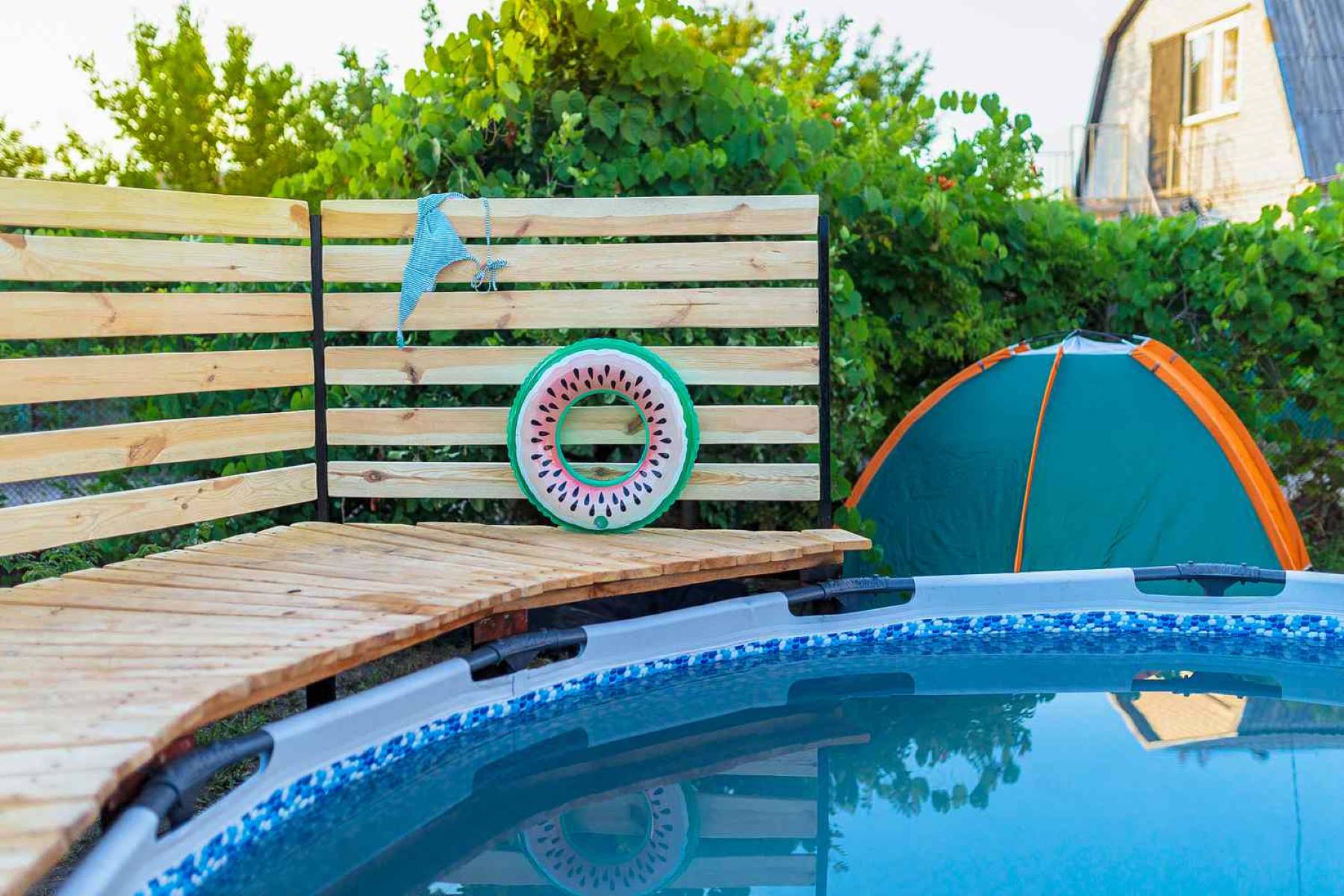

Outdoor Recreation & Activities
How Much Water In An Average Swimming Pool
Published: February 17, 2024
Discover the ideal water volume for your outdoor swimming pool. Learn about average pool water quantities and maintenance tips for outdoor recreation and activities.
(Many of the links in this article redirect to a specific reviewed product. Your purchase of these products through affiliate links helps to generate commission for Storables.com, at no extra cost. Learn more)
Introduction
Swimming pools are synonymous with relaxation, fun, and a refreshing escape from the summer heat. Whether it's a community pool, a private backyard oasis, or a luxurious resort amenity, the allure of a sparkling pool is undeniable. However, have you ever wondered just how much water is needed to fill an average swimming pool? The answer may surprise you.
Understanding the volume of water required for a swimming pool is essential for various reasons. It impacts water conservation efforts, maintenance costs, and chemical treatments. Moreover, knowing the water volume is crucial for ensuring the pool's proper functioning and safety.
In this article, we will delve into the factors that influence the water volume in a swimming pool, explore methods for calculating the average water volume, and provide valuable tips for maintaining the right water level. Whether you're a pool owner, a prospective buyer, or simply curious about the inner workings of these aquatic retreats, this information will shed light on the fascinating world of swimming pool water management. So, let's dive in and unravel the mysteries of water volume in an average swimming pool.
Key Takeaways:
- Understanding the factors that affect swimming pool water volume, like size, shape, and climate, helps maintain the right water level for a safe and enjoyable swimming experience.
- By monitoring water levels, adjusting for evaporation, and understanding skimmer functionality, pool owners can ensure proper water balance and chemical treatment, promoting a clean and inviting pool environment.
Factors Affecting Water Volume in a Swimming Pool
The water volume in a swimming pool is influenced by several key factors, each playing a significant role in determining the amount of water required to fill and maintain the pool. Understanding these factors is crucial for pool owners and professionals involved in pool design, construction, and maintenance. Let's explore the primary elements that affect the water volume in a swimming pool:
Pool Size and Shape
The dimensions of a swimming pool, including its length, width, and depth, directly impact the volume of water it can hold. Larger pools naturally require more water to fill, while smaller ones have a lower water capacity. Additionally, the shape of the pool, whether it's rectangular, oval, kidney-shaped, or custom-designed, contributes to the overall water volume. Irregularly shaped pools may have varying depths and surface areas, further influencing the required water volume.
Water Depth
The depth of a swimming pool is a critical factor in determining its water volume. Pools with uniform depth throughout their entire area are relatively straightforward to calculate. However, pools with varying depths, such as those featuring deep ends for diving or shallow areas for lounging, require precise measurements to accurately determine the total water volume.
Overflow and Skimmer Design
The design of the pool's overflow and skimmer systems affects the water volume required for proper functioning. Pools equipped with overflow systems, which prevent water from spilling over the edges, necessitate additional water to maintain the desired level. Similarly, the presence and design of skimmers, which remove debris and contaminants from the water's surface, can impact the overall water volume.
Read more: How Much Water In A Olympic Swimming Pool
Surrounding Climate and Evaporation
The climate in which a swimming pool is located plays a role in water volume management. Pools situated in hot, arid regions experience higher rates of evaporation, leading to water loss over time. This evaporation must be factored into the pool's water volume calculations to ensure that the pool remains at the optimal level for proper filtration and circulation.
Additional Features
The inclusion of additional features, such as attached spas, waterfalls, fountains, and water slides, contributes to the overall water volume requirements. These features not only add aesthetic appeal and recreational value but also necessitate additional water to operate effectively.
Understanding these factors is essential for accurately assessing the water volume needed for a swimming pool. By considering these elements during the pool design and construction phases, as well as throughout its lifespan, pool owners and professionals can ensure efficient water management and optimal pool performance.
Calculating the Average Water Volume in a Swimming Pool
Calculating the average water volume in a swimming pool is a fundamental aspect of pool ownership and maintenance. Accurately determining the water volume is essential for various reasons, including chemical treatment dosages, filtration system efficiency, and overall water management. Fortunately, there are reliable methods for calculating the average water volume in a swimming pool, ensuring that pool owners and professionals can maintain optimal water levels.
Method 1: Standard Formulas
For standard-shaped pools, such as rectangular, oval, or circular, there are established formulas to calculate the water volume based on the pool's dimensions. The most common formula used is the multiplication of the pool's length, width, and average depth, often expressed in feet or meters. For irregularly shaped pools, breaking down the area into geometric shapes and calculating their volumes individually can provide an accurate overall water volume estimation.
Read more: How To Test Swimming Pool Water
Method 2: Water Displacement
Another practical method for calculating water volume involves water displacement. By carefully measuring the water level before and after adding a known quantity of water, the volume of water added can be determined. This method is particularly useful for pools with irregular shapes or varying depths, as it provides a direct measurement of the pool's water volume.
Method 3: Advanced Technology
In recent years, technological advancements have introduced innovative tools for accurately measuring swimming pool water volume. 3D scanning and imaging technologies can create precise digital models of the pool, allowing for detailed volume calculations. Additionally, specialized software and apps are available to streamline the process of inputting pool dimensions and obtaining accurate water volume measurements.
Considerations for Evaporation and Water Loss
When calculating the average water volume in a swimming pool, it's crucial to account for factors that contribute to water loss, such as evaporation, splashing, and backwashing. By factoring in these elements, pool owners can maintain the appropriate water level to compensate for natural water loss, ensuring that the pool operates efficiently and remains safe for swimming.
By utilizing these methods and considering the factors that impact water volume, pool owners and professionals can accurately calculate and maintain the average water volume in a swimming pool. This knowledge empowers them to make informed decisions regarding water treatment, filtration system maintenance, and overall pool care, ultimately enhancing the swimming experience and prolonging the lifespan of the pool.
Tips for Maintaining the Right Water Level in a Swimming Pool
Maintaining the proper water level in a swimming pool is essential for ensuring optimal functionality, water quality, and overall safety. By adhering to best practices for water level management, pool owners can prolong the lifespan of their pool, minimize maintenance challenges, and create an enjoyable swimming environment. Here are valuable tips for maintaining the right water level in a swimming pool:
Read more: How To Heat Swimming Pool Water
Regular Monitoring
Consistently monitoring the water level is the first step in maintaining the right balance. Fluctuations in water level can occur due to evaporation, splashing, backwashing, and other factors. By routinely checking the water level, pool owners can promptly address any deviations and take necessary actions to maintain the optimal water level.
Adjusting for Evaporation
In hot and dry climates, evaporation can lead to a gradual decrease in the water level. To compensate for this natural process, pool owners should regularly add water to the pool to maintain the recommended water level. This practice not only prevents potential equipment damage due to low water levels but also ensures that the pool's filtration and circulation systems operate efficiently.
Addressing Excessive Rainfall
While evaporation can cause water loss, excessive rainfall can lead to an overfilled pool. In such cases, utilizing a submersible pump or the pool's drainage system can help regulate the water level. Maintaining the proper water level after heavy rainfall is crucial for preventing overflow and maintaining the pool's structural integrity.
Understanding Skimmer Functionality
Skimmers play a vital role in maintaining water clarity and removing debris from the pool's surface. It's important to ensure that the water level remains within the optimal range to allow skimmers to effectively perform their function. Proper skimmer operation contributes to cleaner water and reduces the strain on the pool's filtration system.
Consistent Chemical Treatment
Maintaining the right water level is closely linked to effective chemical treatment. Proper water balance and chemical levels are essential for preserving water quality and preventing issues such as algae growth and bacterial contamination. By maintaining the recommended water level, pool owners can ensure that chemical treatments are distributed evenly and effectively throughout the pool.
Professional Maintenance
Engaging professional pool maintenance services can provide valuable support in managing the water level and overall pool care. Experienced technicians can assess the water level, identify potential issues, and perform adjustments as needed. Additionally, they can offer insights into water conservation practices and efficient water management strategies.
By implementing these tips, pool owners can effectively maintain the right water level in their swimming pools, promoting a clean, safe, and inviting aquatic environment for leisure and recreation. Consistent water level management contributes to the longevity of the pool's infrastructure and equipment, ultimately enhancing the overall pool ownership experience.
Frequently Asked Questions about How Much Water In An Average Swimming Pool
Was this page helpful?
At Storables.com, we guarantee accurate and reliable information. Our content, validated by Expert Board Contributors, is crafted following stringent Editorial Policies. We're committed to providing you with well-researched, expert-backed insights for all your informational needs.

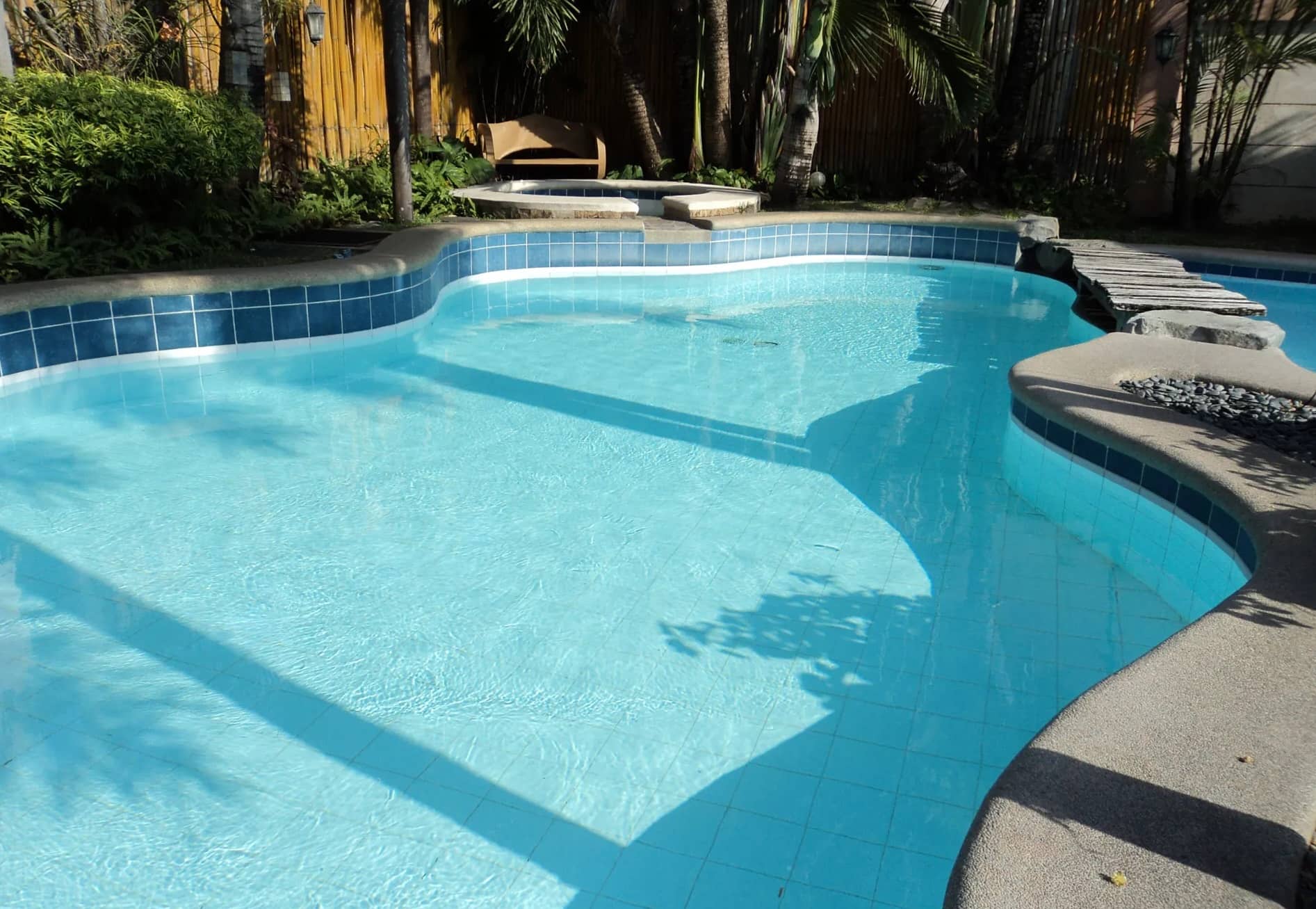
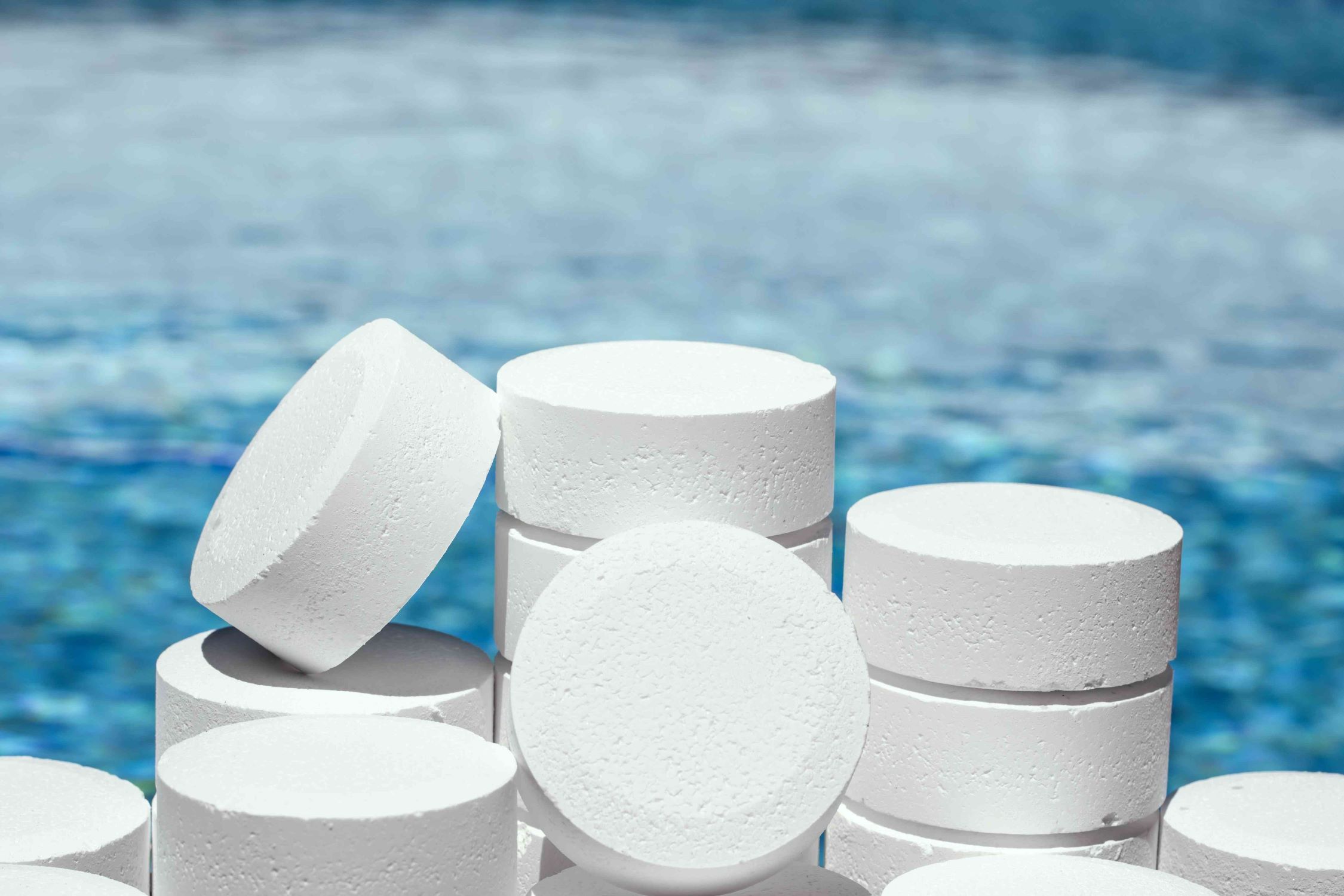


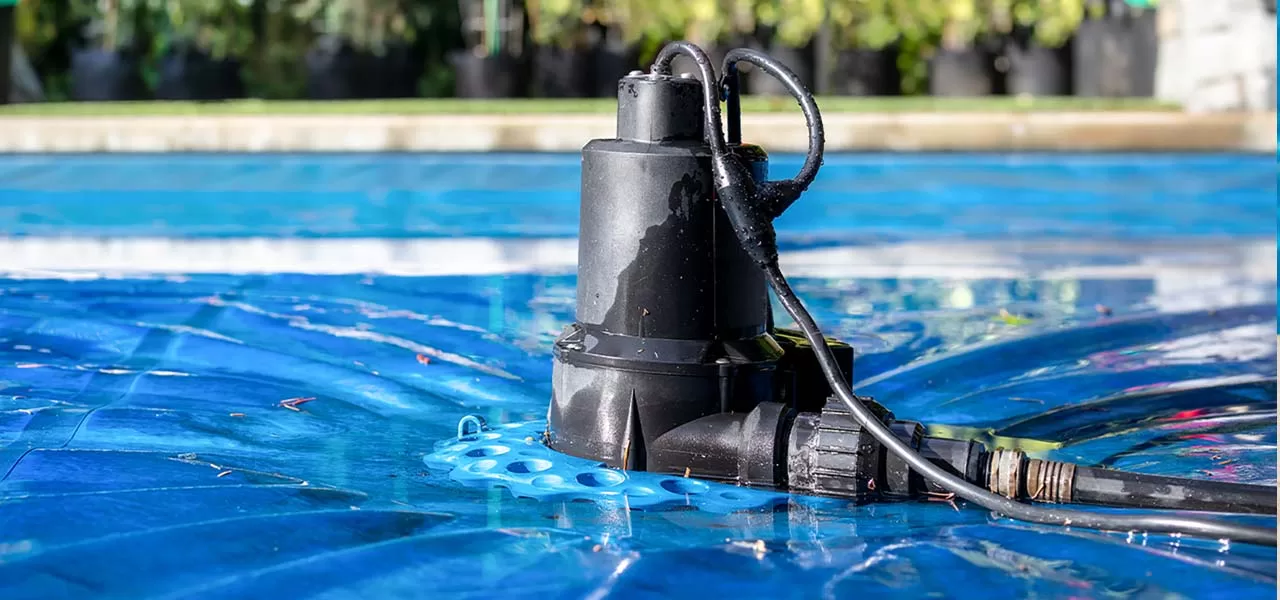
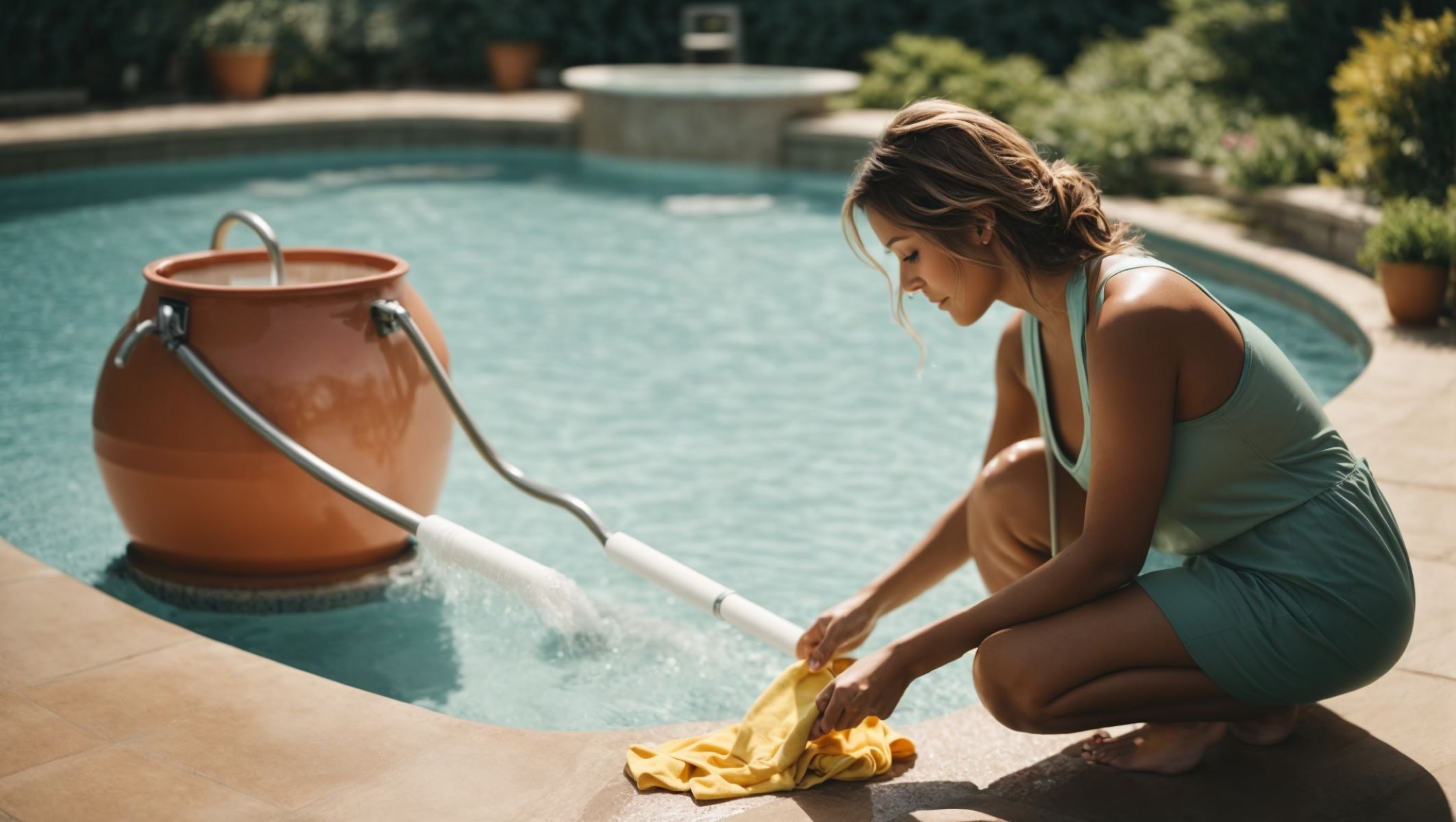
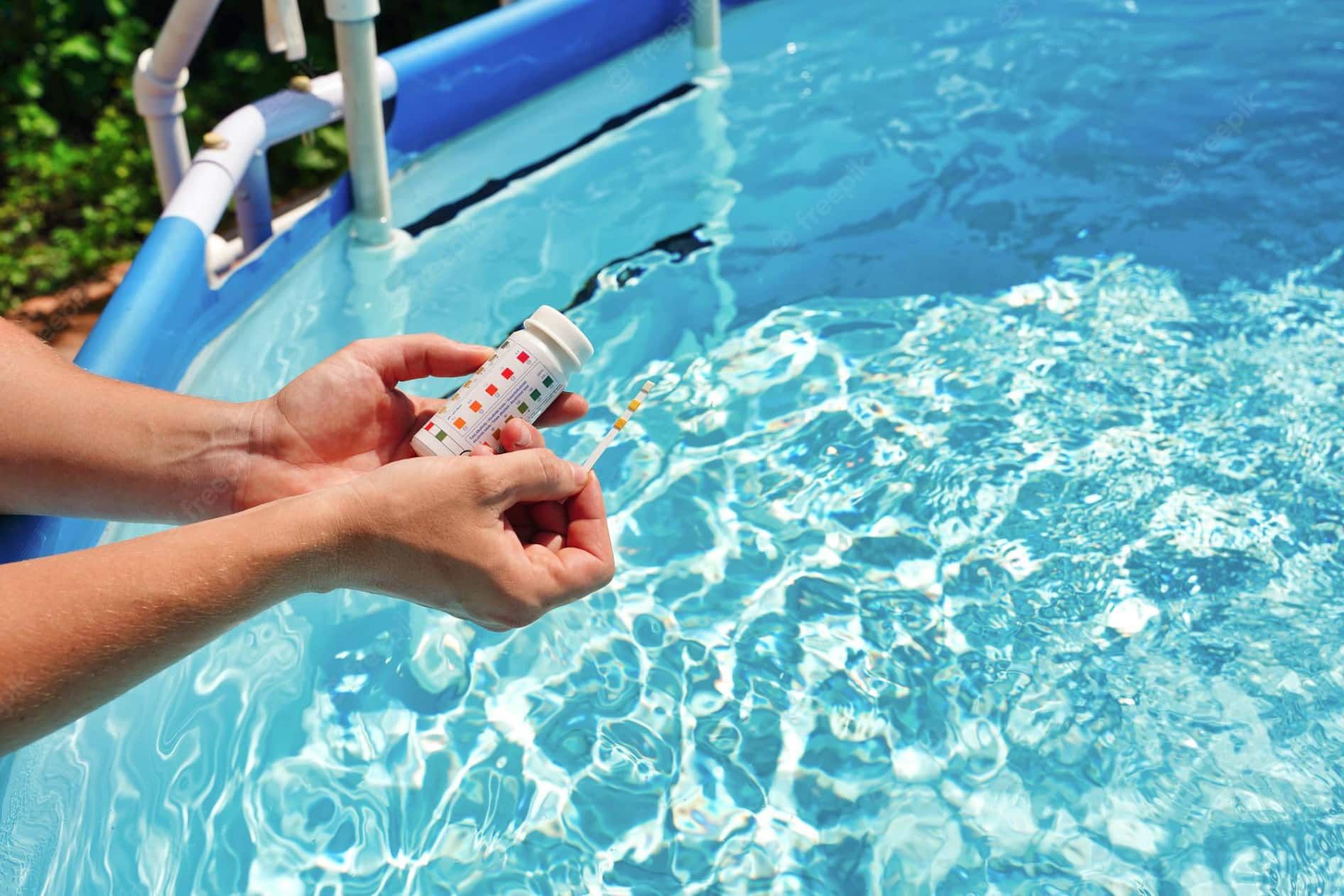
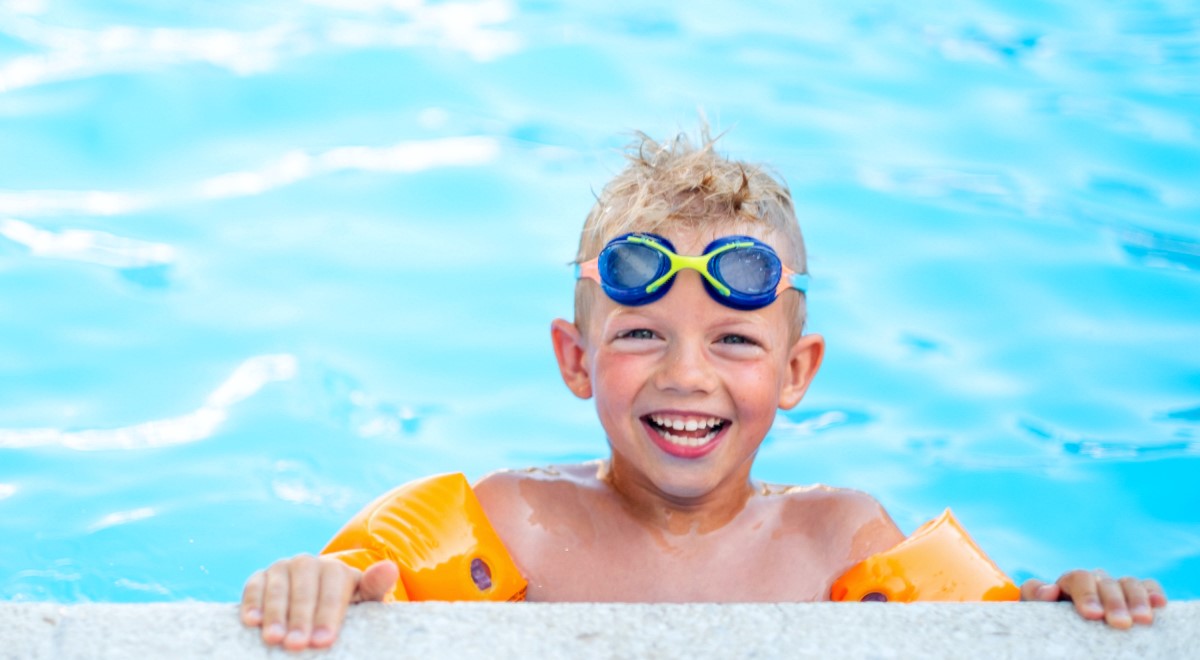
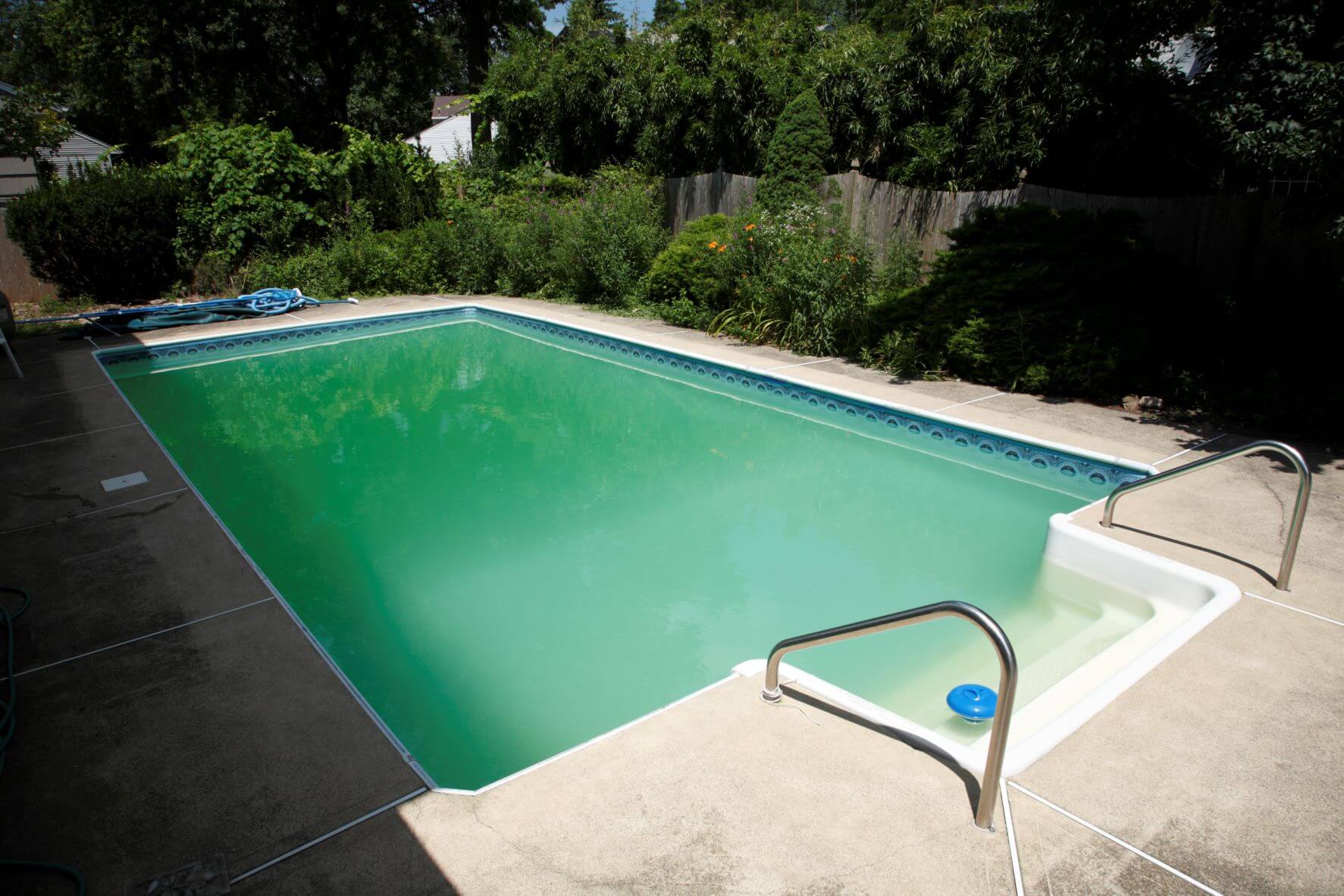


0 thoughts on “How Much Water In An Average Swimming Pool”